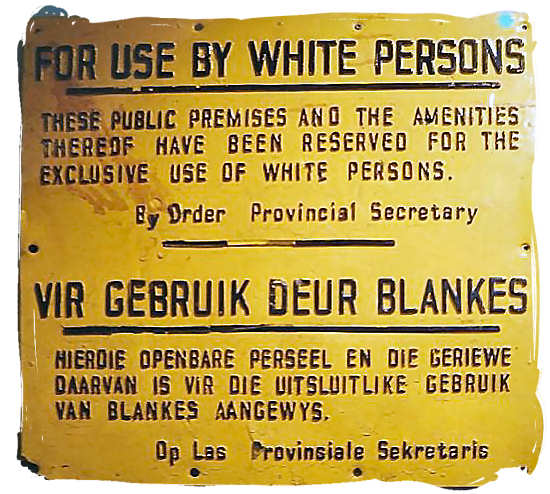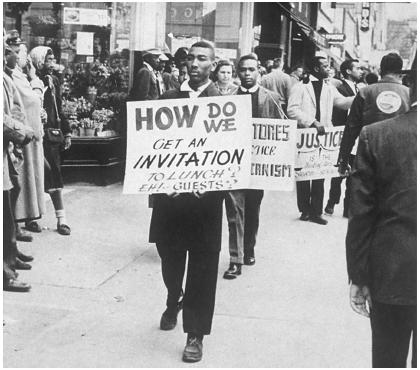Apartheid is defined as a system of racial segregatin. Apartheid in South Africa were enforced by legislation by the national party governmetnts, who were the ruling party in South Africa from 1948-1994. The ideas of apartheid reflect the thought of white supremecy. Non white political representation was completely abolished in 1970, and soon the natives lost their citizenship and were forced to become new citizens of one of ten self-governed homelands called “bantustans”. The govermnets soon began to segregate almost everything.
Women faced even more struggle when they were faced with apartheid. Women were not allowed to have legal rights, they were given no access to education, and were not allowed to even own property. Marriage ad birth laws were also heavily controlled; in an attempt to restrict the African birth rates, the government and the pro-apartheid Dutch Reformed Church monitored the rates. Sports were also effected by apartheid, the football association o f South Africa was split up into the (white) south African football association, the south African indian football association, the south African African football association, the south african coloured football association and the south African bantu football association. The lack of unity in the nation and made the national morale go down severly. Soon internartional teams began to boycott the South African games which had a huge effect on the population of white South Africans.
Registration Act and Racial Laws
Registration Act and Racial Laws
The apartheid acts of 1948 made discrimination a day to day activity. Race laws were everywhere, from the Prohibition of Mixed Marriages Act of 1950 and allowing “white only” jobs. The populations Registration Act of 1950 required all South African citizens to be classified as either black(African), white, or colored(mixed descent). The way that each category was determined was by the apperance, social acceptance, and descent. All blacks were required to have “pass books” that contained their fingerprints, photo ID’s and information on access to non-black areas on hand at all times, or they were punished harshly.















